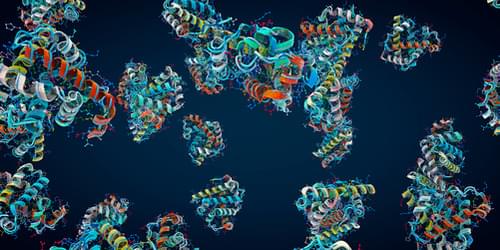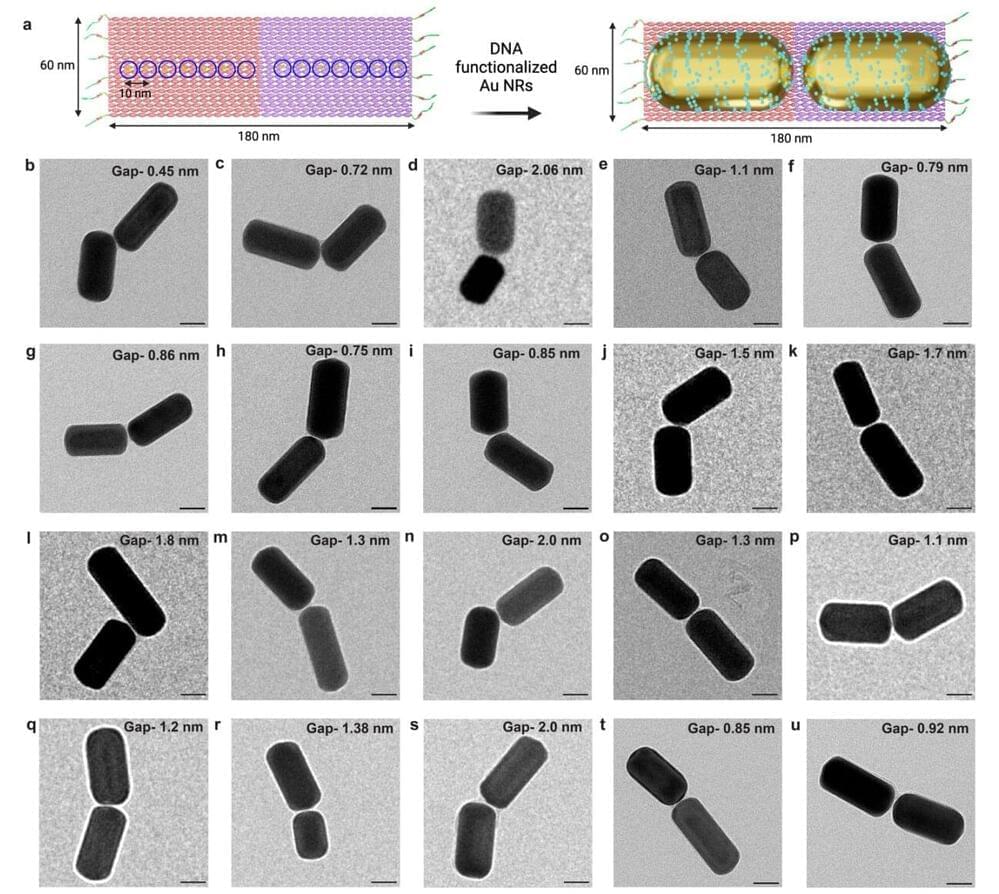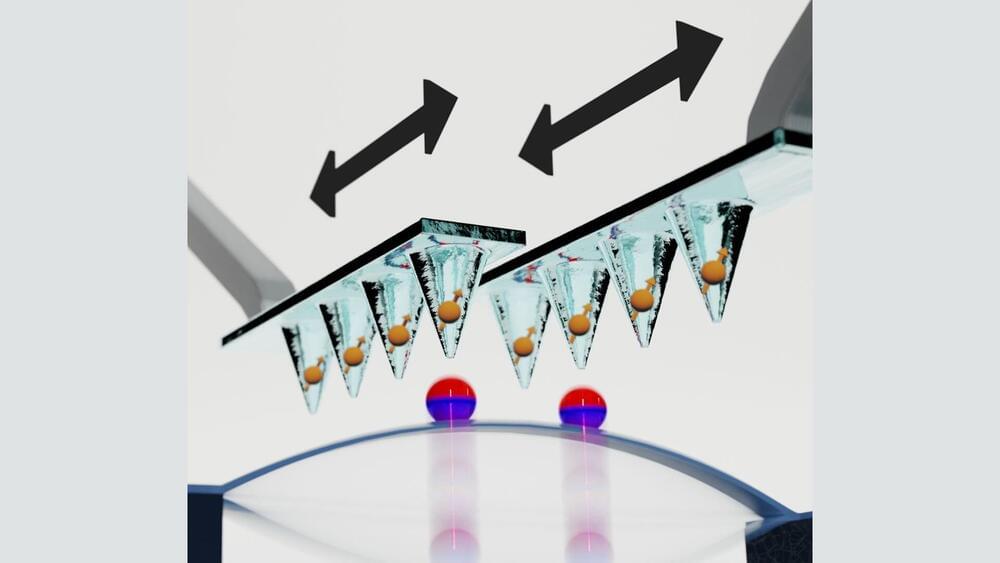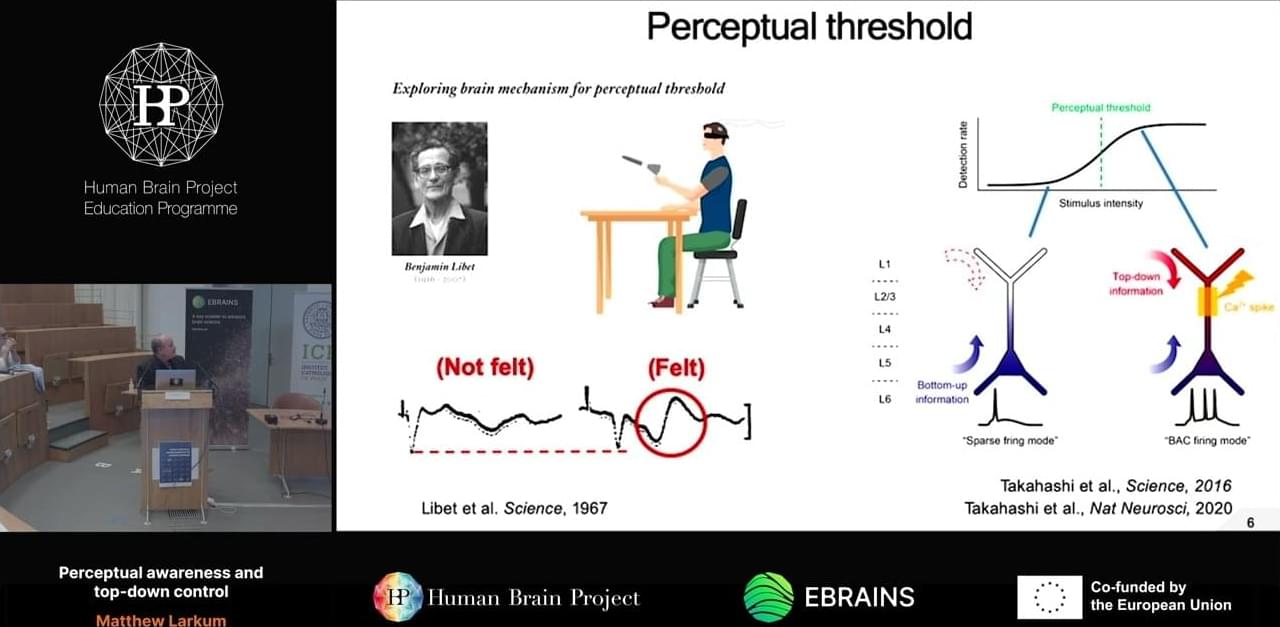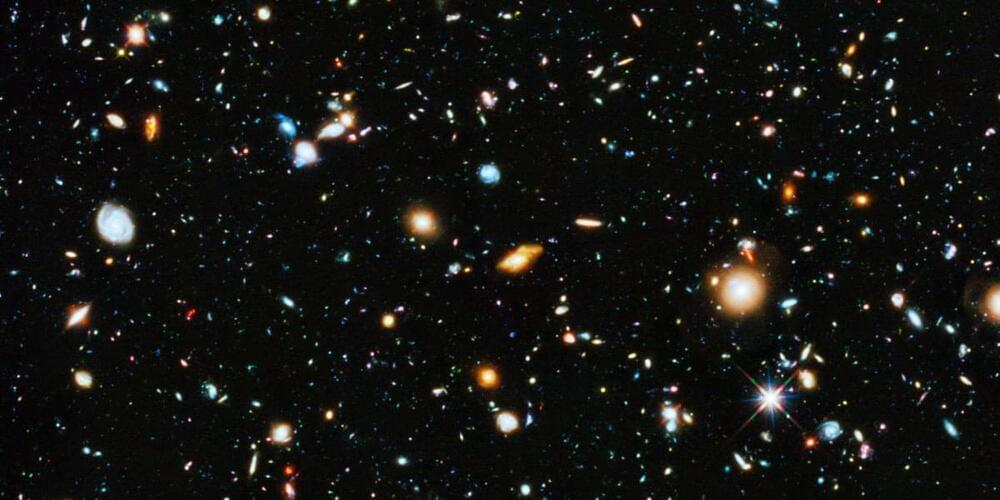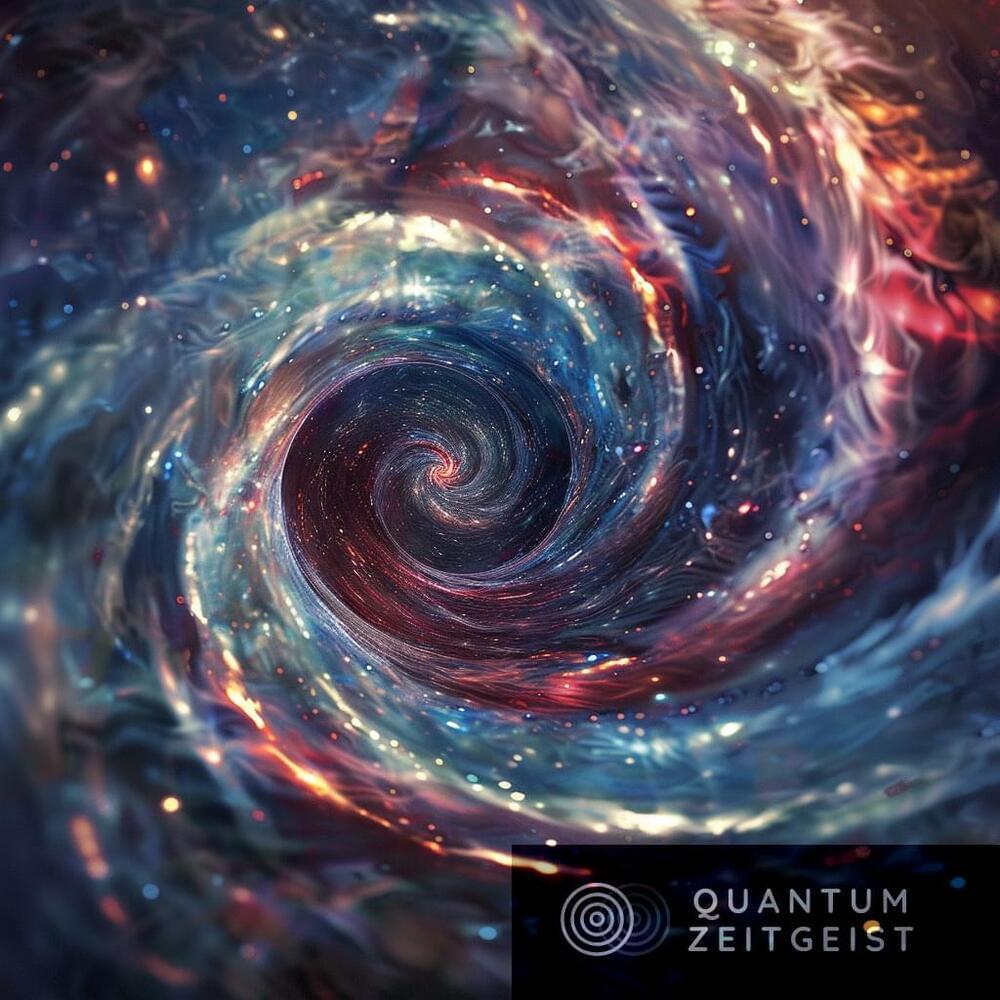A new theory that accounts for disorder in a protein’s structure sheds light on the development inside a cell of tiny droplets that are vital to a cell’s function.
Page 233
Jul 18, 2024
NASA’s Curiosity rover discovers a surprise in a Martian rock
Posted by Saúl Morales Rodriguéz in category: space
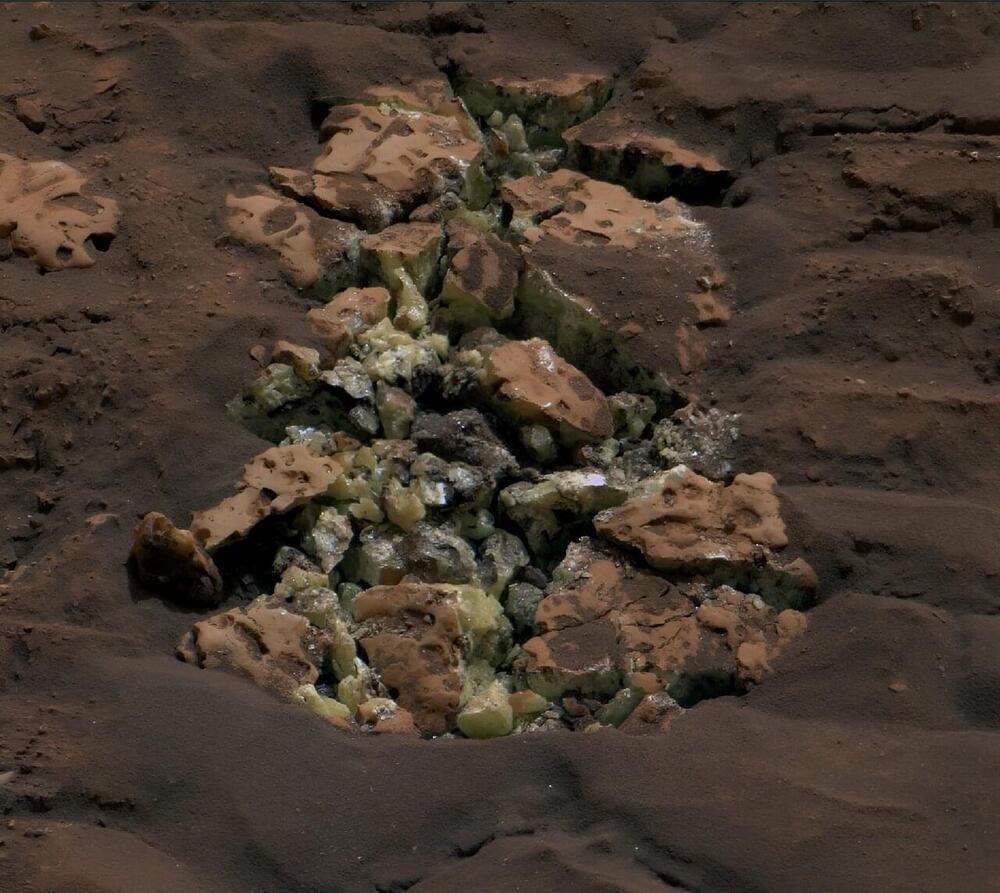
Scientists were stunned on May 30 when a rock that NASA’s Curiosity Mars rover drove over cracked open to reveal something never seen before on the Red Planet: yellow sulfur crystals.
Jul 18, 2024
New technique to diagnose cancer metastasis uses origami nanoprobes
Posted by Saúl Morales Rodriguéz in category: biotech/medical
Johns Hopkins engineers have created a new optical tool that could improve cancer imaging. Their approach, called SPECTRA, uses tiny nanoprobes that light up when they attach to aggressive cancer cells, helping clinicians distinguish between localized cancers and those that are metastatic and have the potential to spread throughout the body.
Jul 18, 2024
Scientists integrate solid-state spin qubits with nanomechanical resonators
Posted by Saúl Morales Rodriguéz in category: quantum physics
In a new Physical Review Letters study, scientists propose a new method for combining solid-state spin qubits with nanomechanical resonators for scalable and programmable quantum systems.
Jul 18, 2024
OpenAI, Google and Anthropic Try Building AI That Can Reason
Posted by Roman Kam in category: robotics/AI
Jul 18, 2024
Matthew Larkum — Perceptual awareness and top-down control
Posted by Dan Breeden in category: media & arts
Jul 18, 2024
Life could exist in a 2D universe (according to physics, anyway)
Posted by Dan Breeden in categories: alien life, physics
Physicists and philosophers have long claimed that life can form only in a universe like ours, with three dimensions of space and one of time. That thinking may need to be revised.
Jul 18, 2024
Mini model of human embryonic brain and spinal cord grown in lab
Posted by Dan Breeden in category: neuroscience
The new organoids were grown in the lab for up to 40 days, and they mimicked the central nervous system of an 11-week-old human embryo.
Jul 18, 2024
Immortality, an ancient fantasy revived by transhumanism
Posted by Dan Breeden in categories: life extension, transhumanism
Jul 18, 2024
Spiral Multiverse Theory Challenges Big Bang, Proposes Network Of Interconnected Universes
Posted by Dan Breeden in categories: computing, cosmology, singularity
The Spiral Multiverse Theory, proposed by computer engineer Tejas Shinde, challenges the conventional Big Bang theory by suggesting a continuous spiral pattern universe originating from a single point, or singularity. This theory posits that each universe begins with its own bang, forming a network of interconnected universes expanding in a spiral shape. The theory introduces the concept of interdimensional quasars as portals for multiverse travel and suggests each universe undergoes its own inflation without observable changes in the cosmic microwave background. This new perspective on cosmic evolution could open up new avenues for scientific exploration and understanding.
The Spiral Multiverse Theory, proposed by Tejas Shinde, a computer engineer, suggests a continuous spiral pattern universe originating from a single point, known as a singularity. This theory challenges the conventional Big Bang theory, which posits a singular explosive origin for the universe. Instead, the Spiral Multiverse Theory proposes that each universe begins with its own bang, forming a network of interconnected universes. This network, or multiverse, expands in a spiral shape, with the width and length of the arms expanding as the universe expands. The point where all universes connect is referred to as the Everyverse.
The Spiral Multiverse Theory offers a fresh perspective on cosmic evolution and presents a potential path for practical research. It introduces the concept of interdimensional quasars as portals for multiverse travel. The theory also suggests that each universe undergoes its own inflation without observable changes in the cosmic microwave background, a remnant radiation from the Big Bang.
